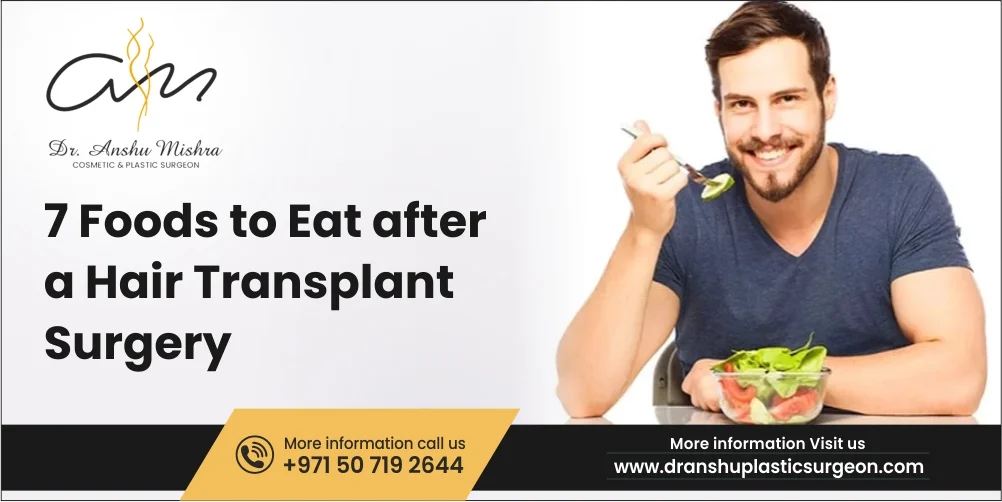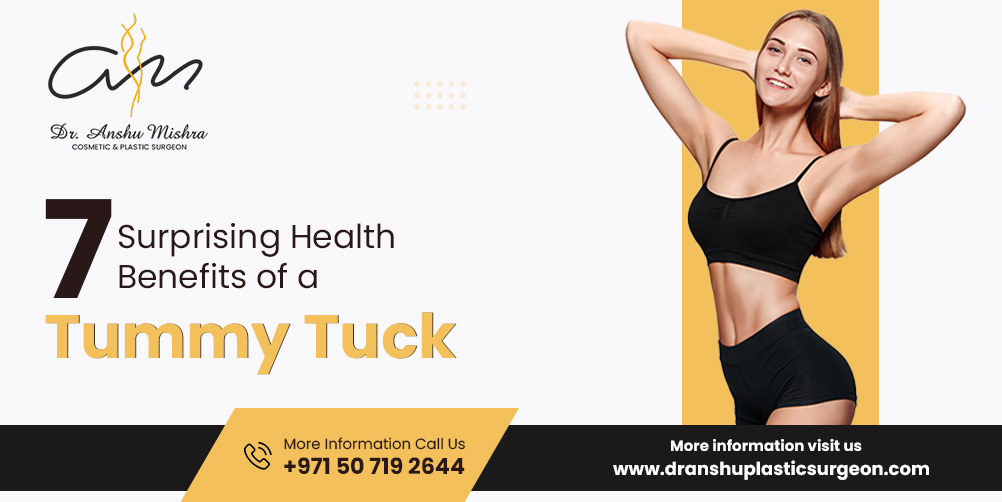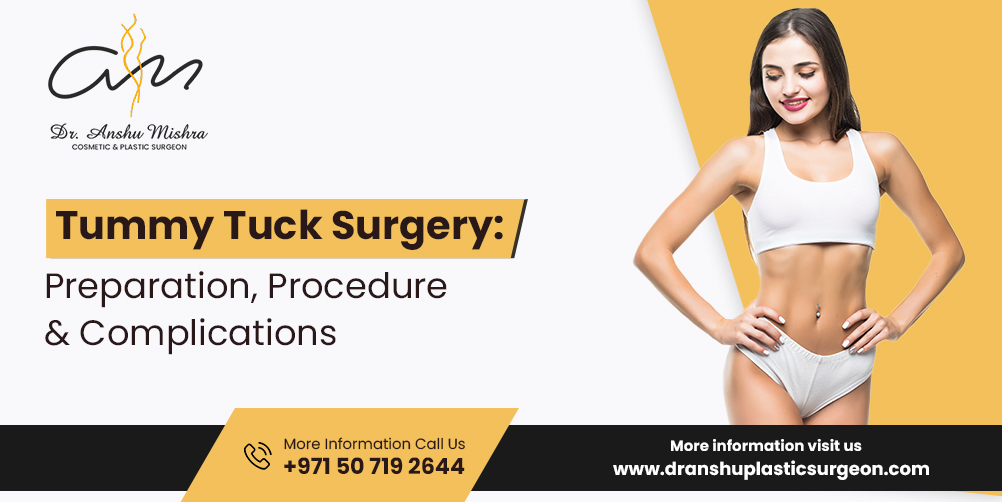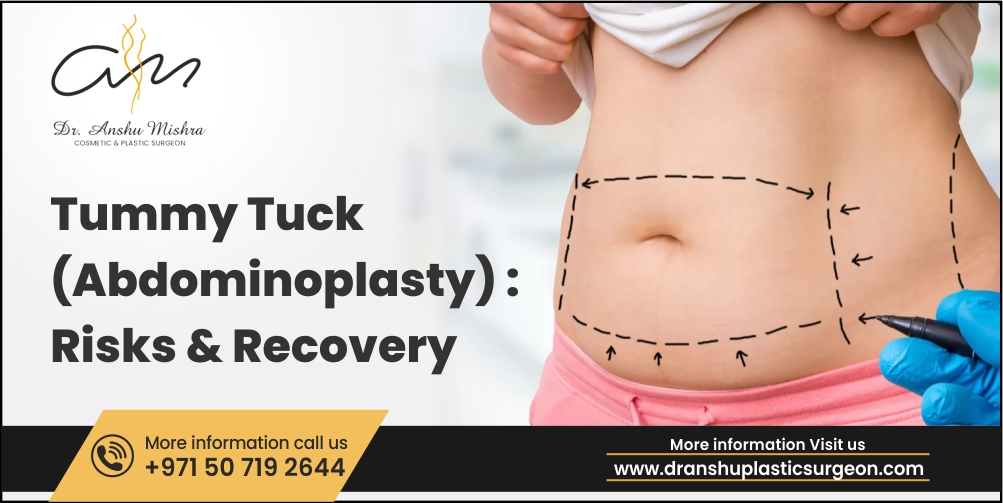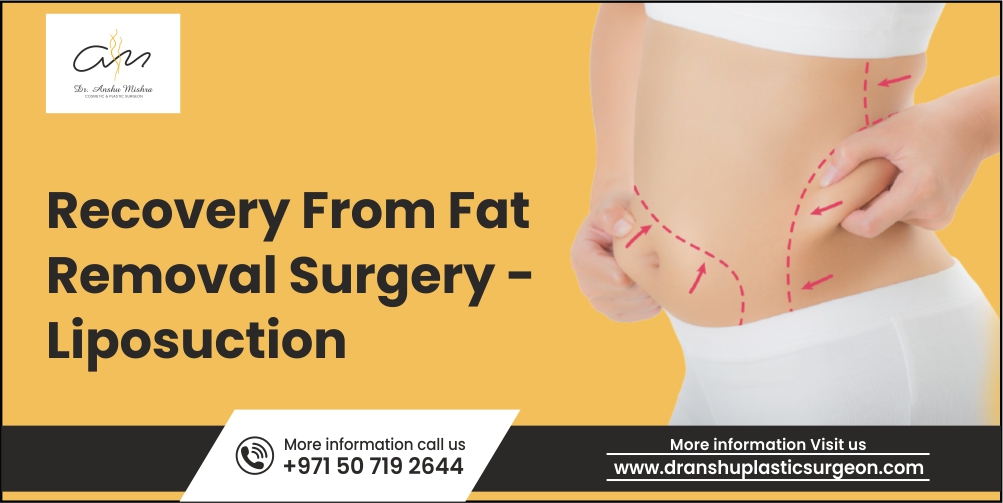Undergoing a hair transplant surgery is a significant step towards regaining your confidence and self-esteem. As you take this significant step towards reclaiming your hair and style, it’s essential to remember that the process doesn’t end with the surgery itself.
Post-operative care, particularly your diet after hair transplant, plays a pivotal role in ensuring a smooth and successful recovery. In this guide, we’ll explore the crucial connection between nutrition and hair transplant recovery, and dive into the top 7 food after hair transplant that can expedite your healing process.
Building Blocks for Optimal Healing
Hair transplant recovery isn’t an overnight sensation – it’s a patient’s journey that requires diligence and care. After all, your new hairline is an investment in yourself, and nurturing it is a worthwhile endeavor. Protein, vitamins, and minerals are indispensable tools that enable your body to execute its flawless recovery after hair transplant surgery.
7 Essential Foods for Hair Transplant Recovery
- Lean Protein Sources
Proteins are the ultimate architects of growth and repair in your body. It is among the essential foods after hair transplant, as it helps in constructing the foundation for healthy, luscious hair. Your hair is primarily composed of a protein called keratin, and it’s these proteins that work tirelessly to craft and rebuild it.
Poultry, fish, eggs, and legumes stand as your dependable allies in this journey. They’re rich sources of essential amino acids – the building blocks of proteins. These amino acids are instrumental in creating keratin and repairing the damage caused during the hair transplant procedure.
- Colorful Fruits and Vegetables
Inflammation can often be an unwelcome guest during the recovery process. But fear not, for here come the antioxidants – the superheroes of the nutritional world – to the rescue. Vitamins A, C, and E act as your body’s defenders to heal inflammation and promote swift healing.
These antioxidants work as a shield, boosting your immune system as you recover. Found in a kaleidoscope of fruits and vegetables, these vitamins are essential to mending your scalp after surgery. They not only help in soothing inflammation but also contribute to cellular repair, ensuring that your hair transplant journey is smooth and irritation-free. Because of these benefits colorful fruits & vegetables are the essential food that should be included in your diet after hair transplant.
- Whole Grains
Just as a sturdy building requires a solid foundation, your journey toward recovery thrives on a consistent and reliable energy source. Complex carbohydrates found in whole grains, such as quinoa, brown rice, and oats, serve as your reliable energy reservoirs. They provide a steady release of glucose into your bloodstream, ensuring you’re consistently fueled up for the marathon that is the healing process.
These whole grains act as your stamina boosters, providing the sustained energy you need to power through your recovery journey. The slow release of energy from these carbohydrates prevents sudden spikes and crashes in blood sugar levels, translating to a more balanced recovery experience.
- Healthy Fats
Healthy fats are the architects of a thriving scalp and vibrant hair. Omega-3 fatty acids, the prized components found in avocados, nuts, and fatty fish, are the secret weapons that contribute to optimal scalp health.
These fats play a role in maintaining the integrity of your scalp’s cell membranes, ensuring they remain flexible and functional. By doing so, they create an ideal environment for your new hair to flourish. Omega-3s also possess anti-inflammatory properties, assisting in keeping scalp irritations at bay and contributing to a harmonious recovery process.
- Dairy or Dairy Alternatives
Biotin and calcium, the dynamic duo of hair health, form an essential part of your recovery journey. Biotin, often referred to as the “hair growth vitamin,” plays a critical role in promoting healthy hair growth. It’s responsible for initiating the production of keratin – the very protein that forms the foundation of your hair strands.
Calcium, on the other hand, isn’t just for strong bones; it also fortifies hair follicles. It is the support system for your hair’s growth and structure. Enjoy dairy products like yogurt and milk, or opt for fortified plant-based alternatives, to provide your body with the biotin and calcium it craves during this transformative phase.
- Nuts and Seeds
Imagine your hair follicles as a carefully woven tapestry, with each thread contributing to the overall strength and vitality of your hair. Zinc and selenium, the unsung heroes found in nuts like almonds, walnuts, and seeds like pumpkin seeds, hold these threads together.
Zinc plays a pivotal role in hair tissue growth and repair, preventing hair loss and ensuring your hair remains robust. Selenium, on the other hand, is an antioxidant mineral that assists in maintaining a healthy scalp, contributing to the overall health of your recovering scalp and new hair growth.
- Hydration Heroes
Visualize your body as a flourishing garden, and hydration as the nourishing water that saturates the soil. Staying well-hydrated is equivalent to providing your body with the optimal environment for growth and recovery. Water, herbal teas, and water-rich foods like refreshing watermelon and crisp cucumbers work together to ensure your body’s internal ecosystem is at its prime.
Water is essential for the transportation of nutrients and oxygen to cells throughout your body, including your recovering scalp. Adequate hydration promotes circulation, cellular repair, and overall well-being. By prioritizing hydration, you’re essentially creating an oasis of healing within your body, supporting both your hair’s growth and your overall recovery process.
Crafting Diet After Transplant
You’ve got the building blocks, now it’s time to construct a solid plan. Begin your day with a protein-rich breakfast – perhaps an omelet loaded with veggies. For lunch, dive into a colorful salad bursting with antioxidants. Mid-afternoon, snack on a handful of nuts for a dose of healthy fats. Dinner could feature grilled fish or a quinoa bowl, followed by a hydrating cup of herbal tea before bed. Remember, portion control and balanced meals are the pillars of your nutritional strategy.
Foods to Avoid During Recovery
As much as there are foods that foster healing, there are those that impede progress. Foods high in sodium, sugar, and unhealthy fats can trigger inflammation and slow down your journey to recovery. Limit processed foods, sugary snacks, and excessive caffeine to give your body the best shot at regaining its strength. To get a better idea about diet after hair transplant, consult your doctor and get a smooth recovery.
Conclusion
Your recovery after a hair transplant is a chance for personal metamorphosis. Armed with these above listed foods after hair transplant, you embark on a transformative journey beyond surgery. Embracing a nutrient-rich diet after hair transplant or even food before hair transplant nurtures not only hair regrowth but also self-esteem. As your new hairline flourishes, newfound confidence will empower you to face the world with assurance.
Remember, the power to cultivate vibrant, healthy hair resides in your hands – or rather, on your plate. For personalized guidance, consult with Dr. Anshu Mishra, a trusted expert in hair restoration. Your path to rejuvenation awaits, fueled by wholesome choices and professional support.


